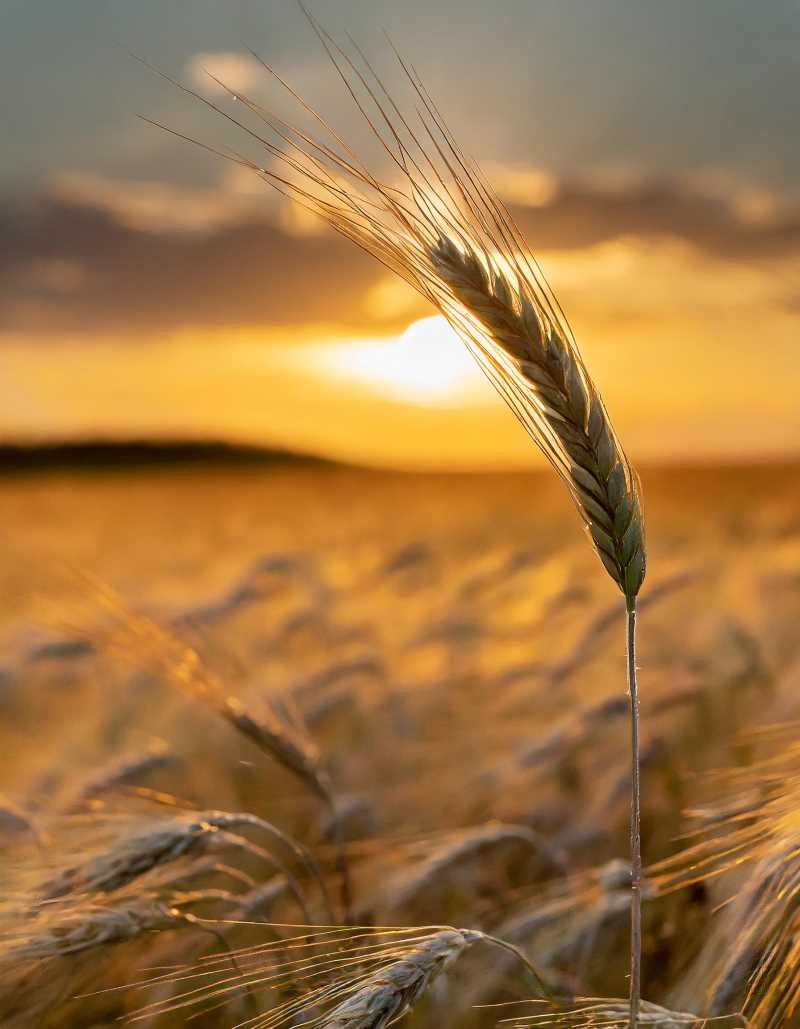Rye Not? How Craft Distillers are Reviving Canadian Whisky
Canadian whisky started spicy, got smooth, and now it's getting rebellious. Forget the big brands, a wave of craft distillers is bringing back the bold flavors of Canada's whisky roots.

Hold the bagpipes, whisky lovers – turns out those romanticized tales of kilted Scotsmen founding Canadian whisky distilleries are a wee bit dramatized. Sure, the Scots and the Irish showed up and did their thing, but the true pioneers of Canadian whisky? Turns out they hailed from England, Germany, and the Netherlands.
Picture this: It's the early days of Canada, and it's not just maple syrup and hockey on the scene. People like the Molsons (yup, the same folks who'd give us our beloved beer) were getting crafty with whisky distillation. And who else? Folks with names like Corby, Gooderham, Worts, and Seagram – all English surnames. Imagine the scene: berets and breeches replaced by beaver pelts and moccasins, clinking glasses of whisky instead of fine English tea.
But here's where the plot thickens like a good pot of gravy. Those United Empire Loyalists fleeing the American Revolution brought their sour mash wisdom to the party. Talk about a history-fueled flavor infusion.
Whispers say the distinct spicy punch of Canadian rye whisky has much earlier origins. Turns out those rye-loving Germans and Dutch settlers may have been the real MVPs. Apparently, they were rocking rye distilleries way back in the 1400s. Talk about some serious old-school spirit!
Those sturdy English pioneers, revolutionary Americans, and those ingenious rye-savvy Europeans all left their mark. The moral of the story? Never underestimate the power of a diverse crew and well-traveled grains when it comes to crafting a world-class drink.

Hold On a Second…Canadian Whisky Ain't What You Think
Canadian whisky has that suave reputation – smooth, easy-drinking, just the right amount of sophisticated. Turns out, there's a little more wild west in that image than we've been led to believe.
Let's talk grain, folks. Turns out, Canadian whisky owes its characteristic smoothness to being mostly…corn. That's right, that same sweet staple of American whiskies. Now, hear me out – this isn't a bad thing. Corn creates a gentle base for all that good stuff to happen.
Where does the iconic “rye” label come in then? Well, the secret's in the spice. Think of rye whisky as the hot sauce of the Canadian whisky world — a little goes a long way. That fiery, earthy, peppery character that defines a good rye is potent stuff. Canadian distillers add a dash of it to their mainly corn-based whiskies, then blend everything beautifully.
So, here's a fun fact: most of the time, when you hear “Canadian rye whisky,” it's not a whole bottle of that peppery goodness. Think of it more like “whisky with a rye kick.” There's an exception that proves the rule. Alberta Distillers out in Calgary is doing things a little differently. They've embraced the wild side, making 100% rye whiskies. Think of them as the whisky rebels, if you will.
Bottom line: Canadian whisky is a little more complex than your average bottle label lets on. It's got the sweet smoothness of corn, the punchy spice of rye, and the clever touch of a master blender. And if you want that full-on rye adventure? Alberta Distillers has your back. Just be prepared for a flavor explosion.

How Canada's Whisky Got So Smooth
Remember when rye whisky actually had a peppery kick to it? You know, a little bite, a touch of spice? Turns out, that's a taste from a bygone era. These days, the rye in your “rye” whisky might be as scarce as a sasquatch at a cocktail party.
So, what happened? Let's journey back through Canadian whisky-making. It all started with cost-cutting and convenience. You see, rye's kind of a fussy grain, but corn? That plump, golden kernel is the darling of the distilling world. It's cheap, yields lots of alcohol, and is as mellow as a Sunday afternoon nap.
By the turn of the 20th century, Canadian distillers were swapping out rye for corn like it was going out of style. Whisky got smoother, lighter, and, frankly, a tad blander. Now, many of Canada's most famous whiskies are essentially corn-based spirits with a dash of rye for old time's sake.
The real twist in the tale is that Canadian law says, “rye whisky” and “Canadian whisky” are the same thing. Yep, regulations don't insist on a single grain of rye ending up in a bottle of “rye”. It's a loophole that would make any mischievous leprechaun grin.
So, why the enduring rye-volution in the world of Canadian whisky? Well, when Prohibition hit the US, thirsty Americans flocked north for a tipple. They loved those light, mixable Canadian whiskies, solidifying the trend.
Where's the Real Rye? Fear not, friends of fiery whiskies! There's a new generation of Canadian distillers bringing the rye back. They're focused on smaller batches and bolder flavors, crafting whiskies that actually pack a peppery punch.
Want to try the real deal? Look for bottles labeled as “100% Rye” – those are your guaranteed spicy friends. And if you favor whisky with a bit of history and a dash of rebellious spirit, give the new breed of Canadian ryes a whirl. It'll be an adventure your tastebuds won't forget.
Canadian Whisky Throws Off Its Flannel
Canadian whisky has a reputation, folks. It's reliable, a little sturdy, like your favorite lumberjack uncle sporting a well-worn flannel shirt. Think rye spice and corn sweetness – predictable, but undeniably comforting. However, there's an undercurrent of rebellion brewing, and the whisky scene is shaking off its plaid facade.
Introducing the micro-distillers: the oddball kids on the whisky block. These guys aren't about mass production or sticking to tradition. They want to experiment, to push those maple-scented boundaries.
Take Glenora Distillery, tucked away in Cape Breton. These folks dare to be different, crafting single malt whisky with a style that would make a Scotsman raise his eyebrows in approval. Of course, change isn't always welcomed with open arms. They faced a wee bit of a legal brawl with those protective folks over at the Scotch Whisky Association (who knew the word “glen” could be so controversial?). But guess what? Glenora prevailed, and their whiskies are better for it.
Then there's Kittling Ridge. John Hall, the whisky mastermind behind Forty Creek, cut his teeth in the wine business. Can you believe this distillery shares space with a winery? Talk about a unique twist! They run the whisky side eight months out of the year, then it's all about those grapes. And the whisky? Forty Creek's blends, with their mix of corn, rye, and barley, stand out like a moose in a maple grove.
Canada's micro-distillers are taking a page out of the playbook of those feisty Americans down south. Tiny distilleries are popping up like wildflowers after a spring rain, filling warehouses with those precious barrels of single malt and rye.
Canadian whisky is evolving, friends. It's no longer just about the tried and true. Prepare to be ready for a wave of unique flavors, a touch of whimsy, and a whole lot of personality. And hey, if you get a chance, support your local distillery! After all, who doesn't love an underdog with a good splash of spirit?
In-text Citation: (Ferguson, 2012, pp. 58-59)




